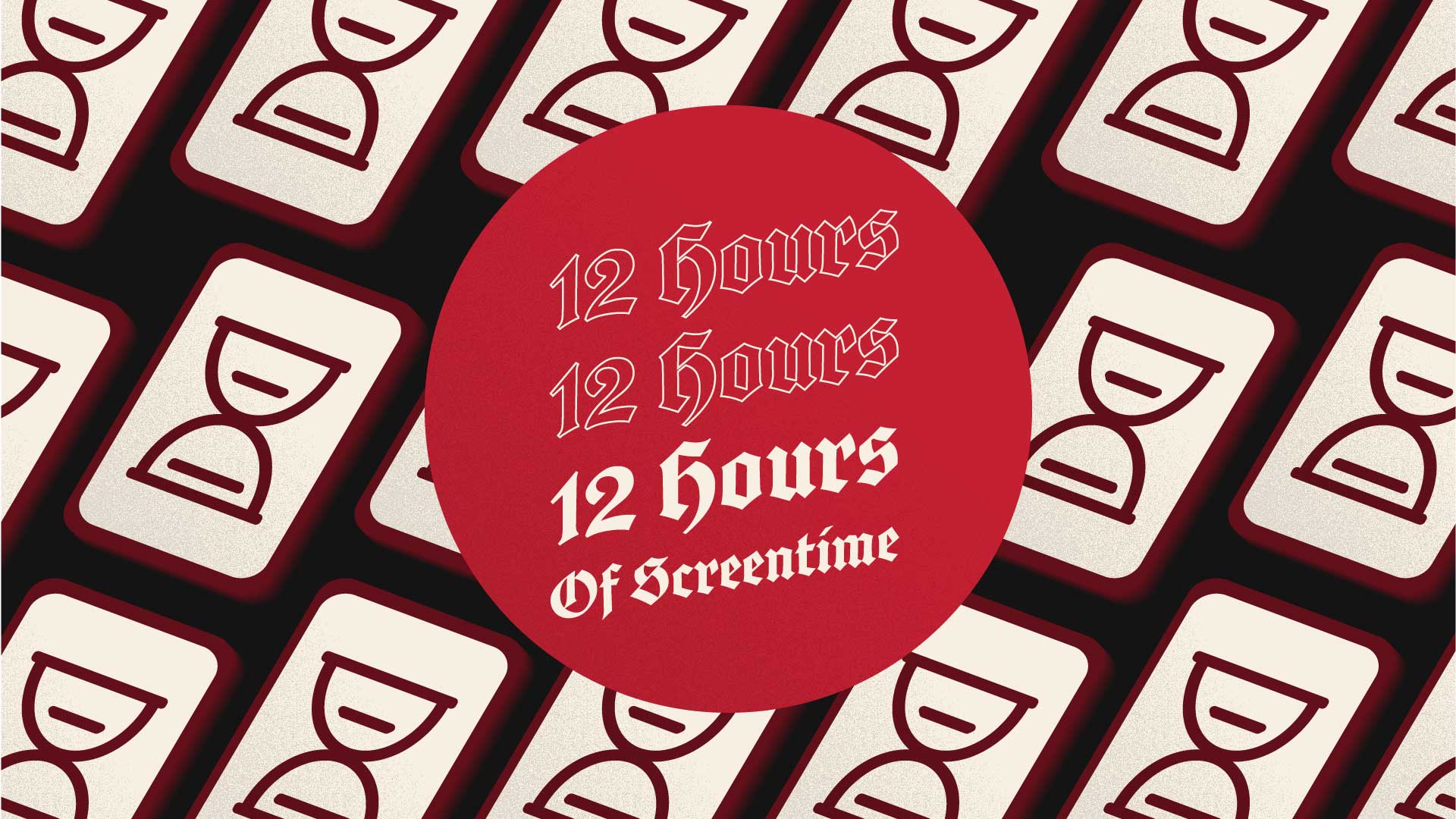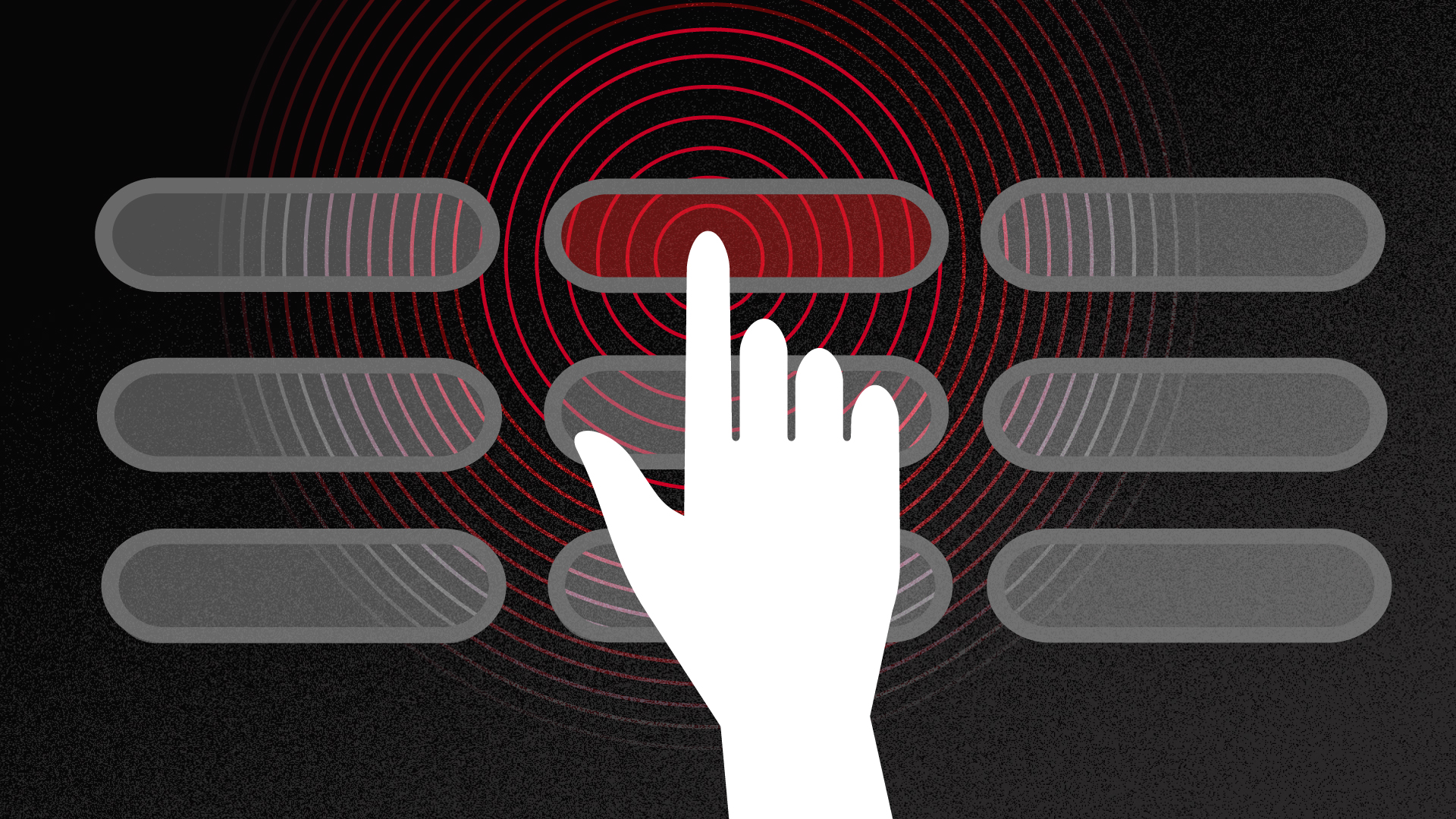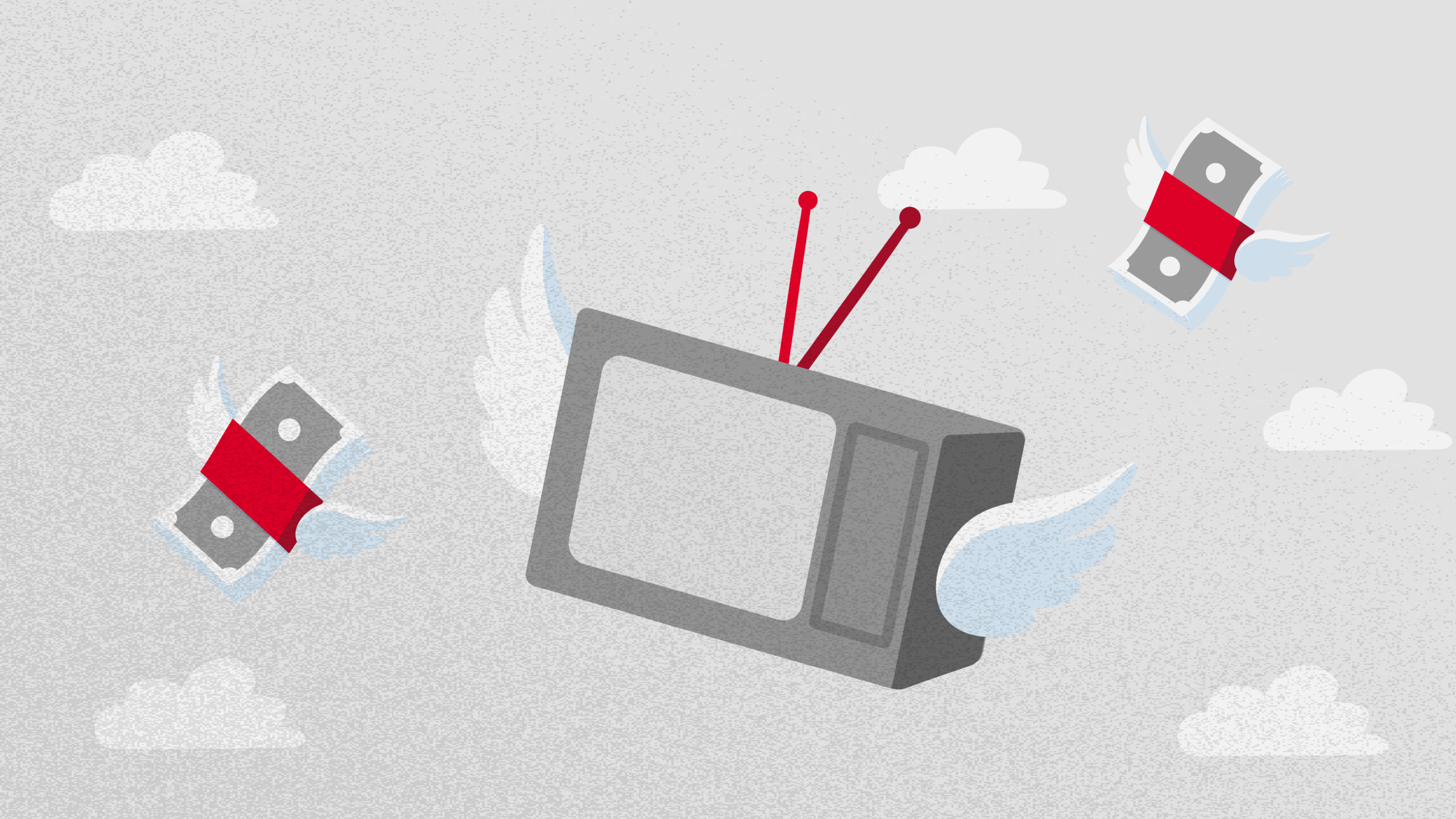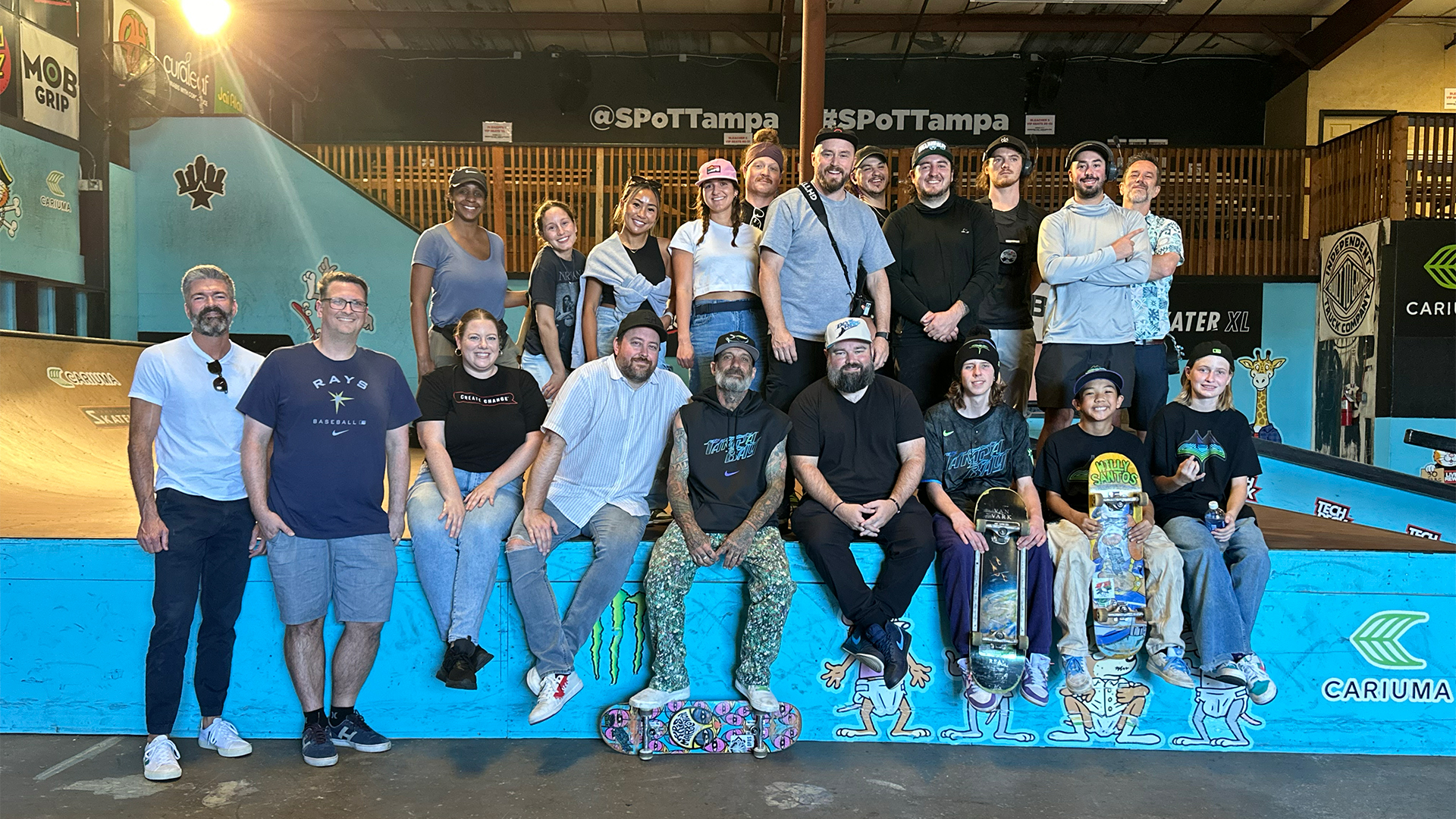
It’s no secret that Americans who are “sheltering in place” during COVID-19 are either working from home or looking for distractions. They’re trying out DIY projects to remain productive, sharing toilet paper memes on social media and binge-watching TV and streaming video – a lot of it.
Coronavirus is rapidly changing our habits – Americans are now averaging 12 hours a day with media platforms and even the Tampa Bay Times is cutting down print distribution to twice a week.
So while the full marketing impacts of COVID-19 on consumer behaviors are still being determined, there are two key areas to consider if you’re marketing during the pandemic:
- Evolving media consumption behavior
- Adapting messaging
At ChappellRoberts, we’ve been guiding our clients to shift towards digital-focused outlets and have already seen promising results. Send us an email if you have questions with the below guidelines, and we can work together on your media strategy.
Evolving Media Consumption Behavior:
Broadcast / Cable TV – For March, Nielsen has reported increases in TV viewership, time spent with national/local news programs, and longer viewing sessions.
- 2 in 3 adults are spending more time viewing news coverage, with adults 25-54 representing the largest increase in local news viewership.
- The Tampa market saw a 17% increase in TV viewership week-over-week since the outbreak intensified (week of March 9 compared to week of March 16).
- Those working from home are viewing, on average, 3+ more hours of TV per week.
Streaming Video – 75% of U.S. consumers have broadened their media options with streaming subscriptions and TV-connected devices, especially as many subscription platforms have extend the length of their free trials to 30 days.
- In response to the COVID-19 outbreak, Hulu added a free, live news stream to its app for customers who only subscribe to its on-demand service, not its live TV add-on.
- Netflix and Disney+ are likely to see 12% growth in viewership.
- 42% of Americans report watching more shows and films via streaming than before.
- Since the quarantine started, YouTube has reported a more than 27% increase in views to comedy content, gaming content, and science and technology content.
Radio & Streaming Audio – A recent Nielsen survey found that 83% of consumers say they’re listening to as much or more radio as they were before the pandemic.
- In a time of heightened uncertainty, consumers are turning to radio as a trusted source of community connection, mirroring patterns observed during past national disasters and weather events.
- 60% of adults 18+ hold radio in high regard and trust it to deliver timely information about the current COVID-19 outbreak.
Social Media – And as people practice physical social distancing, they’re looking to their feeds to remain connected. Social Media Today is reporting:
- Total messaging increased more than 50%, across both WhatsApp and Facebook Messenger.
- A 70% increase in Messenger group video calls, and more than double the regular demand for video calls in WhatsApp.
- Overall U.S. traffic from Facebook to other websites has increased more than 50% week-over-week.
- A 35% increase in viewership of live streaming events on social platforms.
Adapting Messaging
We’re living in a very different reality than just a few weeks ago. Companies must shift their marketing messages in order to stay relevant – and sensitive – during the coronavirus pandemic.
- Messaging and creative should speak to the times.
Make sure your ads show genuine empathy for those struggling with isolation, balancing work and child-care, facing an uncertain future after layoffs, and trying to find space for self-care.
- Provide a healthy distraction.
Stressful times aren’t ideal for promoting sales. It is, however, a great time to tell stories about your brand, your employees, your community causes and your vision. Take this time to be uplifting, but also appropriate in context.
- Don’t make light of the situation.
Remain sensitive and authentic. Coors had plans to run an ad on being the best “work at home” beer, originally positioned for March Madness, but pulled it (ahead of the announcement of the tournament being cancelled). While the ad was never intended to make light of the current situation, it could have easily been taken the wrong way had Coors not pulled it.
- Consider PR and employee relations tactics.
Clear internal and external communications are extremely important. Consider elevating content about how your business is keeping employees and consumers safe and connected.
Have questions or need support with your own media plan? Email Christine for more details on how we can help.



